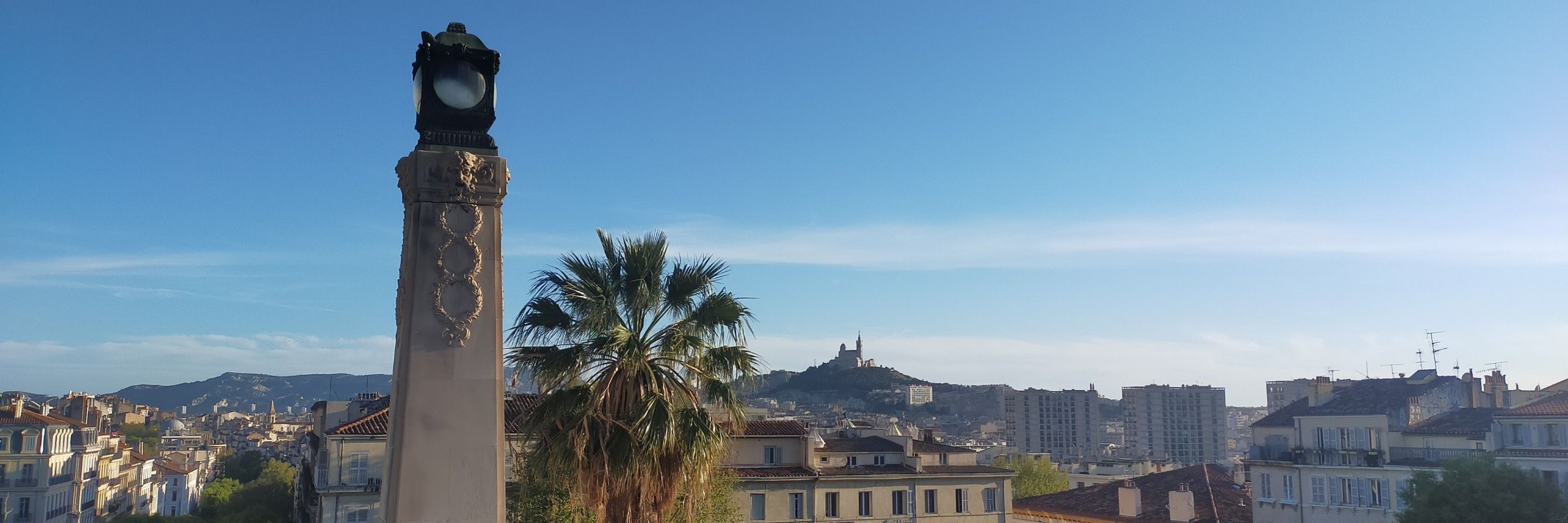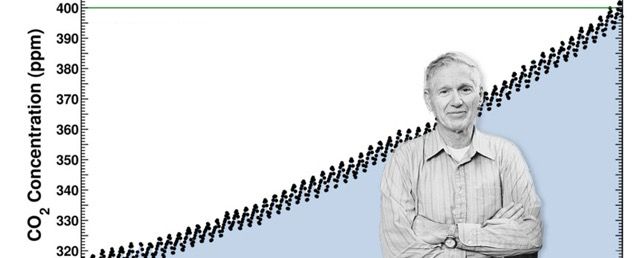Dr. Nina Davtian (she/her/hers)
@ninadavtian.bsky.social
3.9K followers
2.1K following
550 posts
@cnrs-insu.bsky.social researcher at @climatecerege.bsky.social.
Using biomarkers to study climate, ocean, and environment of the past.
@icta-uab.bsky.social alumna.
ORCID: https://orcid.org/0000-0002-3047-6064
🇫🇷 -> 🇪🇸 -> 🇫🇷
Posts
Media
Videos
Starter Packs
Pinned
Reposted by Dr. Nina Davtian (she/her/hers)
Reposted by Dr. Nina Davtian (she/her/hers)
Reposted by Dr. Nina Davtian (she/her/hers)
Reposted by Dr. Nina Davtian (she/her/hers)
Reposted by Dr. Nina Davtian (she/her/hers)
Reposted by Dr. Nina Davtian (she/her/hers)
Reposted by Dr. Nina Davtian (she/her/hers)
Reposted by Dr. Nina Davtian (she/her/hers)
Reposted by Dr. Nina Davtian (she/her/hers)
Reposted by Dr. Nina Davtian (she/her/hers)
Reposted by Dr. Nina Davtian (she/her/hers)
Reposted by Dr. Nina Davtian (she/her/hers)
Reposted by Dr. Nina Davtian (she/her/hers)
Reposted by Dr. Nina Davtian (she/her/hers)
Reposted by Dr. Nina Davtian (she/her/hers)
Reposted by Dr. Nina Davtian (she/her/hers)
Reposted by Dr. Nina Davtian (she/her/hers)
Reposted by Dr. Nina Davtian (she/her/hers)
Reposted by Dr. Nina Davtian (she/her/hers)
Reposted by Dr. Nina Davtian (she/her/hers)























